
 Kivi's Underworld, a new hack-n-slash action-RPG, is the second installment of the Depths of Peril series by Soldak Entertainment. The developers received a surprising amount of critical acclaim for Depths of Peril, a game that offered the Diablo-inspired genre a breath of fresh air. Year after year, the mediocre titles being churned out by developers with the intention of riding the coattails of "Diablo madness" has now reached a critical mass, and players usually don't give them a second glance anymore. But just as Depths of Peril caught their eye, the new Kivi's Underworld — set within the same world and mythos — is nothing to be scoffed at. In fact, as isometric action-RPGs go, it's a solid win.
Kivi's Underworld, a new hack-n-slash action-RPG, is the second installment of the Depths of Peril series by Soldak Entertainment. The developers received a surprising amount of critical acclaim for Depths of Peril, a game that offered the Diablo-inspired genre a breath of fresh air. Year after year, the mediocre titles being churned out by developers with the intention of riding the coattails of "Diablo madness" has now reached a critical mass, and players usually don't give them a second glance anymore. But just as Depths of Peril caught their eye, the new Kivi's Underworld — set within the same world and mythos — is nothing to be scoffed at. In fact, as isometric action-RPGs go, it's a solid win.
 I know what you're thinking..."The Diablo series is epic, nothing else comes close — I don't even want to look at anything besides Diablo 3 trailers!" Truth is, a few of us fans here at JIG had the same reservations. But just as its predecessor, Kivi's Underworld isn't some watered-down, derivative clone. It's not some quick-and-dirty rush-job by Soldak to repackage the Depths of Peril engine with new graphics and slap a "new game" sticker on it, which I mistakenly assumed before playing it (in fact, it's an advanced version of the original engine). It's a unique game in its own right, with vastly different mechanics and style. While Depths of Peril focused heavily on strategy and diplomacy, Kivi's Underworld is a lot more action-oriented; in some regard, what you might expect from a platformer, even though it's an isometric, top-down RPG game. Instead of a sprawling game-world like in most RPG's, you'll find a progressing series of level-like "adventures" with quests, achievements, new characters to unlock and skills to beef up. It's a pretty different kind of game than what you might assume from looking at the screen shots.
I know what you're thinking..."The Diablo series is epic, nothing else comes close — I don't even want to look at anything besides Diablo 3 trailers!" Truth is, a few of us fans here at JIG had the same reservations. But just as its predecessor, Kivi's Underworld isn't some watered-down, derivative clone. It's not some quick-and-dirty rush-job by Soldak to repackage the Depths of Peril engine with new graphics and slap a "new game" sticker on it, which I mistakenly assumed before playing it (in fact, it's an advanced version of the original engine). It's a unique game in its own right, with vastly different mechanics and style. While Depths of Peril focused heavily on strategy and diplomacy, Kivi's Underworld is a lot more action-oriented; in some regard, what you might expect from a platformer, even though it's an isometric, top-down RPG game. Instead of a sprawling game-world like in most RPG's, you'll find a progressing series of level-like "adventures" with quests, achievements, new characters to unlock and skills to beef up. It's a pretty different kind of game than what you might assume from looking at the screen shots.
Kivi is your main character, a member of a race called the Lumen. The Lumen usually stick to their own, leery of outsiders. Kivi, on the other hand, is a real go-getter and decides to adventure out on his own, only to be attacked by the opposing Dark Elves during a mining expedition and left for dead (as seen in Depths of Peril). After his warning about the emerging Dark Elf threat falls on deaf ears, Kivi takes it upon himself to venture out and get proof, as well as taking on the enemy himself. Although I give these indie developers credit for weaving their own inter-connected lore to the series, it's a bit passé in Kivi's Underworld because the game is driven by hack-n-slash action, not lore-driven role-playing. But hey, some fans will love it. Soldak even has a virtual tome of lore and story continuity here on its website.
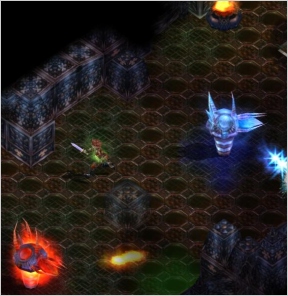 Kivi is a warrior class, just one of 20 playable characters in the game. Granted, they're more like "mini-classes" (as developer Steven Peeler quotes them). But it's still quite a lot, especially for a small indie game. These characters are unlocked gradually throughout the game, each bringing a unique set of abilities with them. Some are unlocked by encountering them in-game, while others require a certain number of points accumulated. Every character has a main attack, a special ability (drawn from mana) and a passive ability. For example, Kivi's main attack is with a sword. His special ability is "Power Strike," a high-damage sword attack, and his passive ability is called "Stunning Blows," which always gives him a chance to land stun attacks. Just a few of the of the characters you have to look forward to are: [Spoiler alert; skip to the next paragraph if you feel like knowing some of the characters you'll encounter might spoil the surprise]...a Ninja, a Scout (rogue), Fire and Ice Mages and a Warlock.
Kivi is a warrior class, just one of 20 playable characters in the game. Granted, they're more like "mini-classes" (as developer Steven Peeler quotes them). But it's still quite a lot, especially for a small indie game. These characters are unlocked gradually throughout the game, each bringing a unique set of abilities with them. Some are unlocked by encountering them in-game, while others require a certain number of points accumulated. Every character has a main attack, a special ability (drawn from mana) and a passive ability. For example, Kivi's main attack is with a sword. His special ability is "Power Strike," a high-damage sword attack, and his passive ability is called "Stunning Blows," which always gives him a chance to land stun attacks. Just a few of the of the characters you have to look forward to are: [Spoiler alert; skip to the next paragraph if you feel like knowing some of the characters you'll encounter might spoil the surprise]...a Ninja, a Scout (rogue), Fire and Ice Mages and a Warlock.
The controls and combat system are extremely intuitive, and pretty effective when it comes to dishing out damage and keeping your defenses up. Just point the mouse to the spot you'd like to move to and left-click, or hold the button down to "auto-walk" and you'll keep following the mouse cursor. Click the left mouse button while the cursor is hovering an enemy (or a destroyable object) to use your main attack, or keep it pressed to auto-attack. Same deal with your special ability, which is controlled using the right mouse button. Various hot-keys are assigned (and configurable) for commonly-used actions, like opening your quest and character interfaces. Pushing [Space] will let you quickly use the lowest-placed power-up in your power-up box (which can hold up to three, collected from monster drops and chests--more on these later). Pretty much everything you can control with the mouse by clicking the icons on your UI can be done with keyboard. Tip: the exception seemed to be the ability to toggle item nameplates on and off, which can be done by pressing [Alt]. It's a handy feature when the screen feels too cluttered, or conversely, when you're having trouble seeing an item on the floor.
 The streamlined control lends itself well with the gameplay. In keeping with the hack-n-slash theme of Kivi's Underworld, hindrances to action are minimal. The whole game is basically just a series of dungeon runs, but the characters, monsters, quests and abilities keep the game positioned right inside the sweet spot between action and adventure. Each "level" of the game (called adventures) features a single dungeon, some with multiple underground levels. Actually, "dungeon" might not be the best word for every adventure, because some of them have an outdoor setting, even though they are all self-contained. There's a main quest objective in each level, as well as side-quests or achievement goals (like killing 20 zombies or finding all the secret rooms). Your score is paramount to character progression, and you get points for almost everything (even achievement "feats" like attacking the first monster in an adventure before it attacks you). At the end of each adventure, your score is tallied and determines whether you receive a bronze, silver or gold "trophy," which awards you one, two or three skill points to spend, respectively.
The streamlined control lends itself well with the gameplay. In keeping with the hack-n-slash theme of Kivi's Underworld, hindrances to action are minimal. The whole game is basically just a series of dungeon runs, but the characters, monsters, quests and abilities keep the game positioned right inside the sweet spot between action and adventure. Each "level" of the game (called adventures) features a single dungeon, some with multiple underground levels. Actually, "dungeon" might not be the best word for every adventure, because some of them have an outdoor setting, even though they are all self-contained. There's a main quest objective in each level, as well as side-quests or achievement goals (like killing 20 zombies or finding all the secret rooms). Your score is paramount to character progression, and you get points for almost everything (even achievement "feats" like attacking the first monster in an adventure before it attacks you). At the end of each adventure, your score is tallied and determines whether you receive a bronze, silver or gold "trophy," which awards you one, two or three skill points to spend, respectively.
Skill points earned this way are spent on base attributes like offense, defense, health, mana and abilities. The skill system works a bit differently in Kivi's Underworld than in other RPG's. There are two types of skill points; temporary and permanent. The points you receive from trophies are permanent and will persist throughout the game. The temporary skill points will only persist until the current adventure ends. Temporary skill points come from weapon and armor drops (from monsters and chests), and will add one point to your offense or defense. There are also "Skill Up" drops that let you choose which skill to spend it on, although they are also temporary. It's an interesting mechanic, one that keeps the overall pace at a steady rate, but gives you a little extra edge in combat without committing to specific skills until you decide which way you want to take your characters. Since permanent skill points apply to all your characters—not just Kivi—you can wait awhile to see which character you enjoy playing the most before accidentally dumping a ton of points into mana, for example. In addition to your skills and abilities, there are lots of different power-ups to collect from monsters, chests, crates, barrels or basically anything that you can break. Some of them enhance your offense and defense in various ways, while others are similar to single-use "spells," like stealing monsters' health, casting rings of fire or causing a mini-earthquake that damages all nearby enemies.
Analysis: If you're a hardcore RPG fan, the gameplay and unusual mechanic of Kivi's Underworld might turn you off, or seem repetitive after awhile. On the other hand, it might be just the thing you've been looking for, considering all the isometric action-RPGs (yes yes, "Diablo clones," I know, ::sigh::) that you've probably tried out over the years. The developers at Soldak Entertainment really have a knack for putting a unique and enjoyable spin on the tried-and-true formula.
The drawbacks are minor; character pathing works pretty well, but occasionally you'll run straight into a trap you were trying to avoid if you're not an old-hand with isometric movement. The "fog of war" mechanic (the black areas that dynamically surround your character as it moves) is complete overkill and downright annoying sometimes, because it's just too tight. You get the feeling you're underground with just a candle to light your way, even if you're outside in broad daylight. Monsters will commonly vanish if they walk too far away from you, even if they're still a few steps away from the fog. Lastly, upgradable gear and weapons (or "lewt," as Blizzard fans affectionately call it), are no where to be seen. Granted, the game is designed in a way that you don't need it, and it helps streamline the hack-n-slash action without worrying about micro-managing, but a few different swords and helmets along the way would have been nice.
As it stands though, Kivi's Underworld is an awesome addition to the Depths of Peril series and will no doubt be well-received by fans of the genre. You can have the same amount of fun in a 20-minute session that you can in two hours, an attribute that's pretty rare even in action-RPGs. The graphics and sound are awesome for an indie game, much better than its predecessor. The overall polish given to this title really enhances the entire gameplay, making it a great casual game even for someone who winces when they read the letters "RPG."
 Windows:
Windows:
Download the demo
Get the full version
 Mac OS X:
Mac OS X:
Download the demo
Get the full version
![]() Retro RPG fans, perk up your ears: Laxius Force is your latest old-school fix. Inspired by classic 16-bit role playing games, Laxius Force boasts 17 playable characters, multiple storylines that gradually weave together an intriguing plot, and original artwork and music. All while battling countless foes, earning experience, and equipping your party with powerful weapons and armor.
Retro RPG fans, perk up your ears: Laxius Force is your latest old-school fix. Inspired by classic 16-bit role playing games, Laxius Force boasts 17 playable characters, multiple storylines that gradually weave together an intriguing plot, and original artwork and music. All while battling countless foes, earning experience, and equipping your party with powerful weapons and armor. Laxius Force is largely linear in nature, though like any RPG there are numerous side quests and optional adventures you can embark upon to earn extra items, experience, and gold. Or you can head out just for the fun of exploration! Battles are turn-based and take place from your party's point of view. Use the menu system to choose actions, then sit back and watch the fighting ensue. Random battles are mostly absent from Laxius Force, as you can usually see enemies before you engage them. There are some areas where your foes can hide, however, so don't be too surprised if you're forced into a fight here and there. Besides, what's an RPG without combat?!
Laxius Force is largely linear in nature, though like any RPG there are numerous side quests and optional adventures you can embark upon to earn extra items, experience, and gold. Or you can head out just for the fun of exploration! Battles are turn-based and take place from your party's point of view. Use the menu system to choose actions, then sit back and watch the fighting ensue. Random battles are mostly absent from Laxius Force, as you can usually see enemies before you engage them. There are some areas where your foes can hide, however, so don't be too surprised if you're forced into a fight here and there. Besides, what's an RPG without combat?!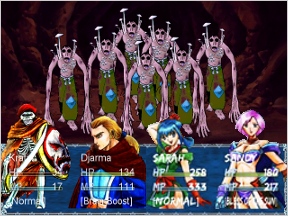 In terms of challenge, Laxius Force hits the middle of the mark. Cheap deaths aren't too much of a problem, though you'll have to do some light leveling and/or smart battling in order to survive early portions of the game. Bosses can be tricky and won't simply fall to your blind attacks, forcing you to watch, learn, and adapt your strategy with each one.
In terms of challenge, Laxius Force hits the middle of the mark. Cheap deaths aren't too much of a problem, though you'll have to do some light leveling and/or smart battling in order to survive early portions of the game. Bosses can be tricky and won't simply fall to your blind attacks, forcing you to watch, learn, and adapt your strategy with each one.![]() Windows:
Windows:![]() Mac OS X:
Mac OS X:








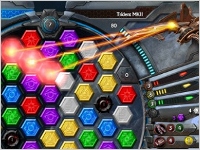
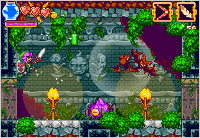

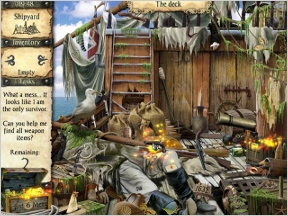
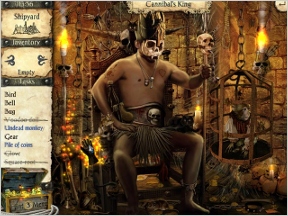

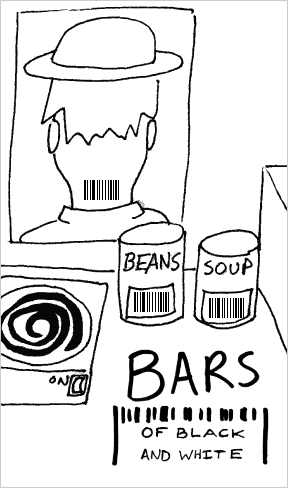

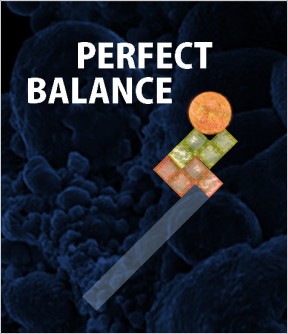

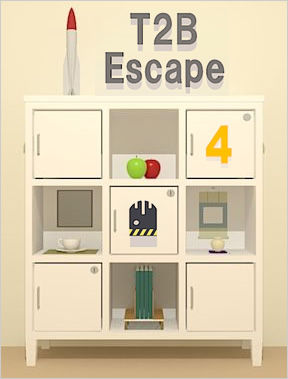
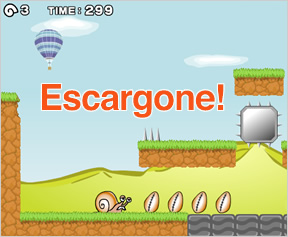
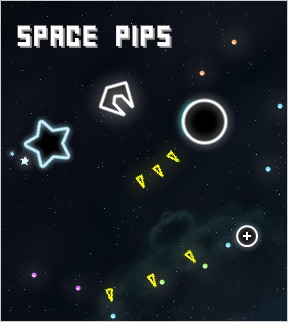
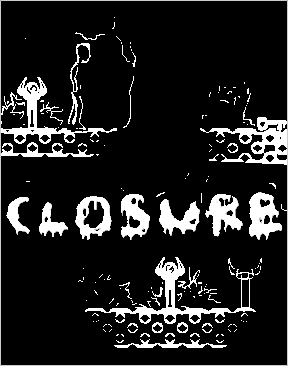
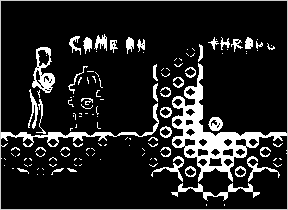


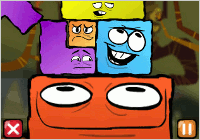

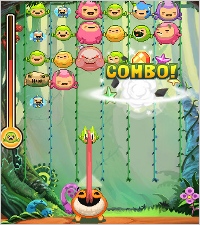

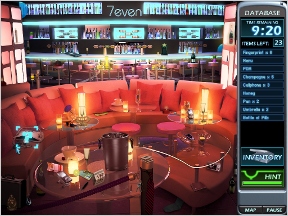


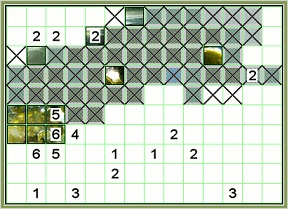
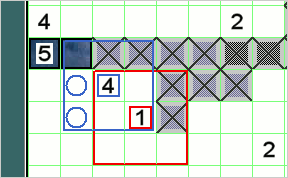
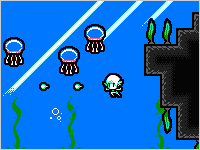
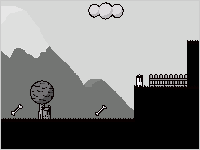
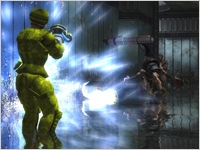


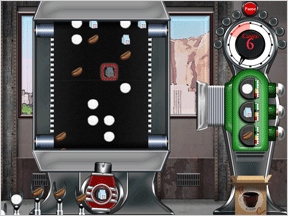
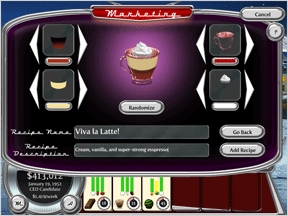

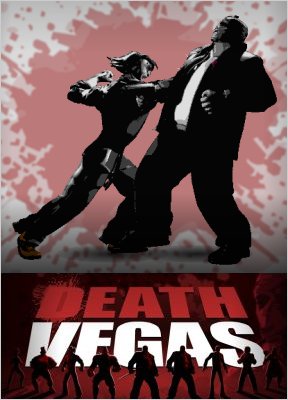

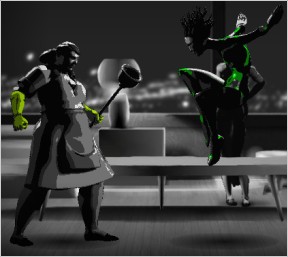

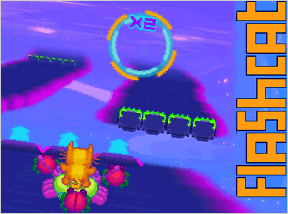
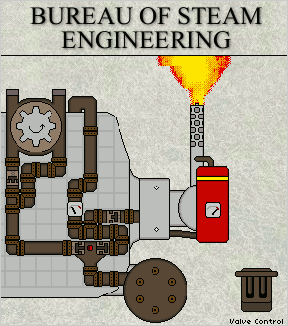
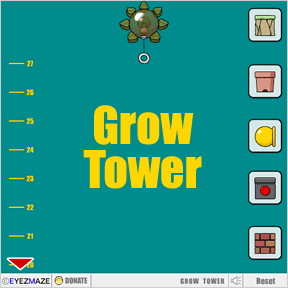
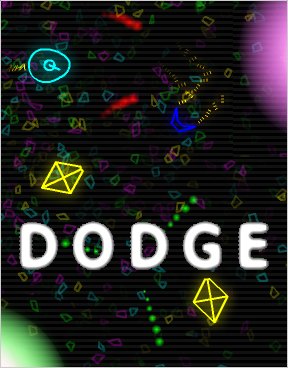
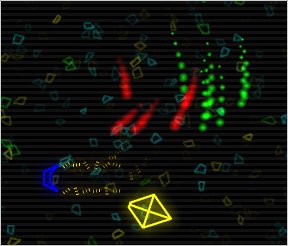
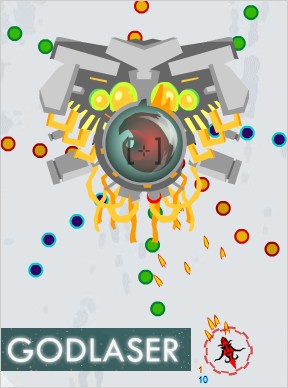
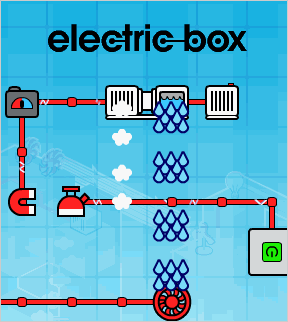

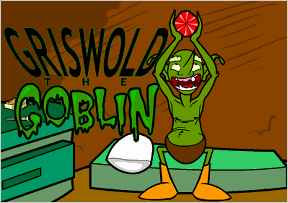

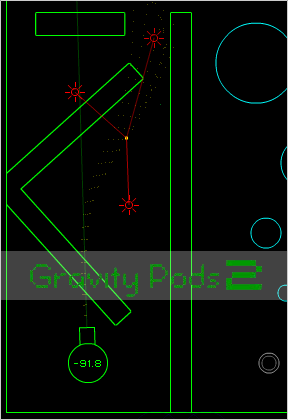

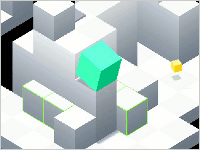

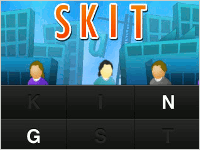

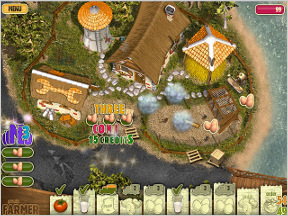
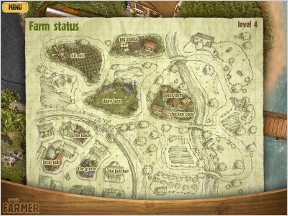

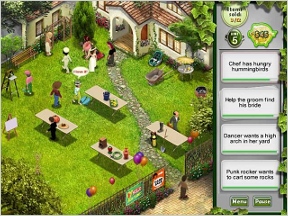
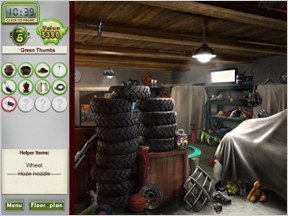
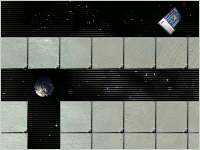
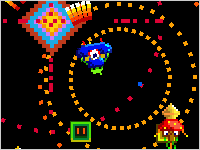
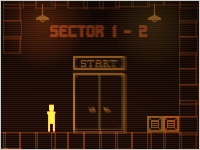
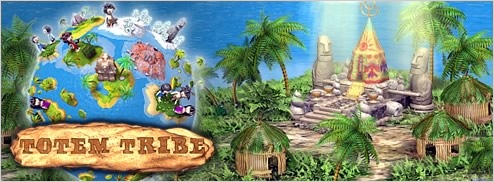

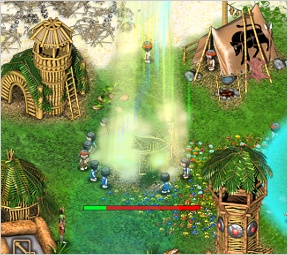

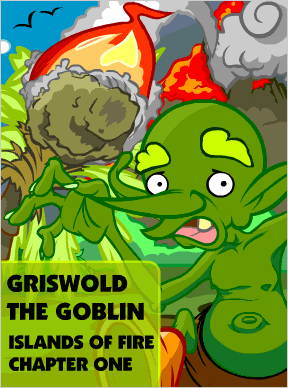
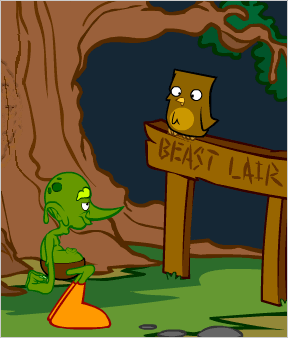

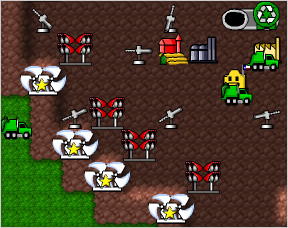
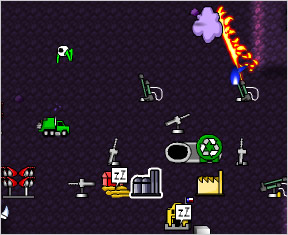
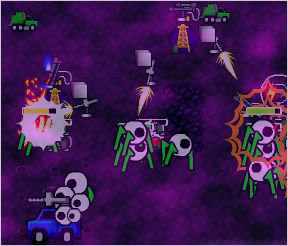
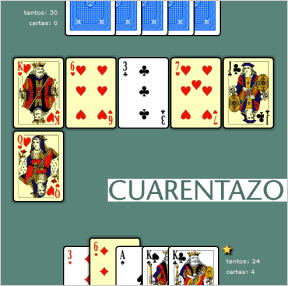

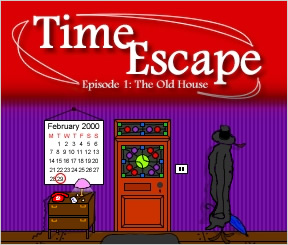
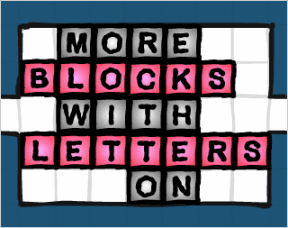
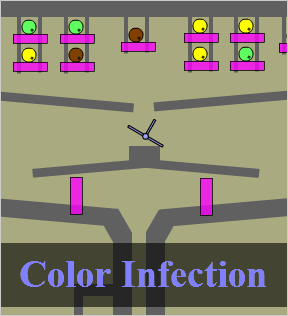

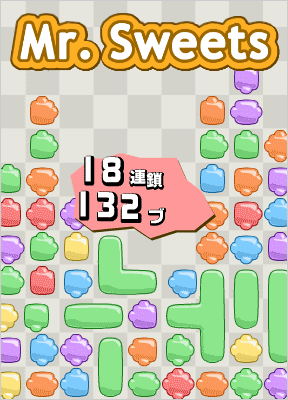
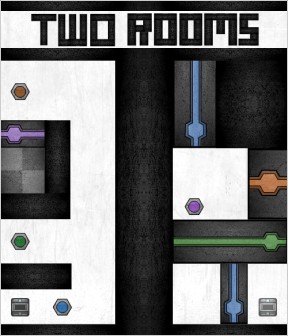
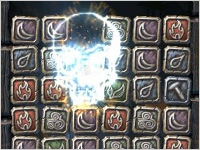
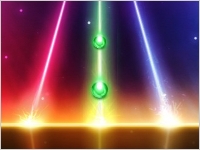
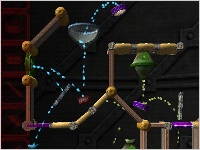
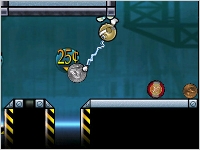

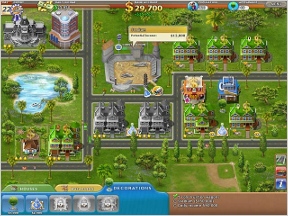


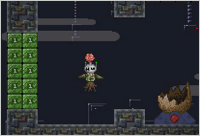
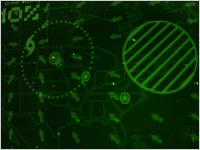

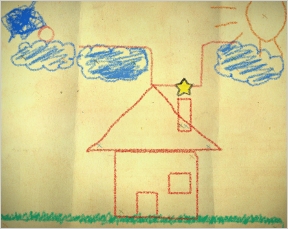
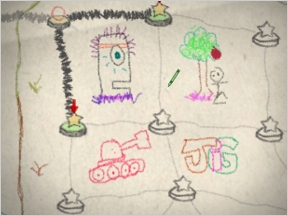

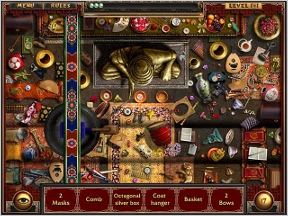


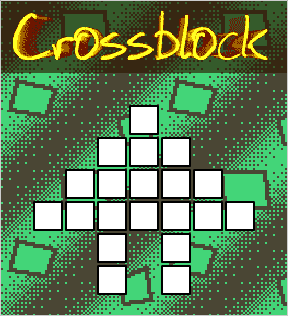
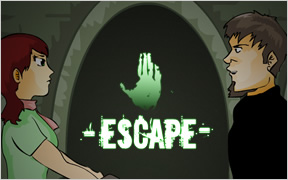
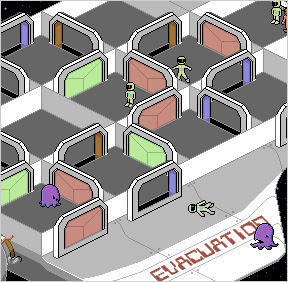


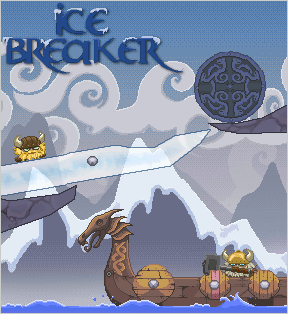


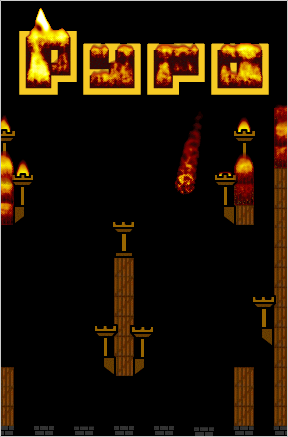





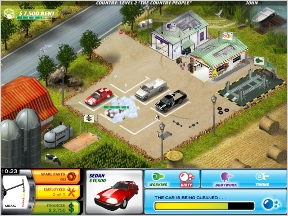
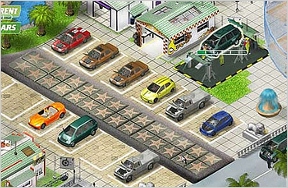
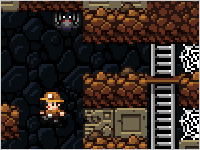
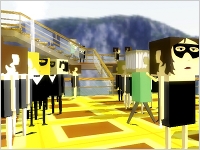


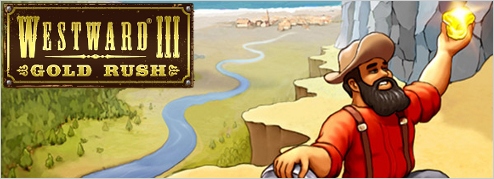
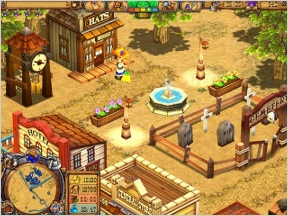
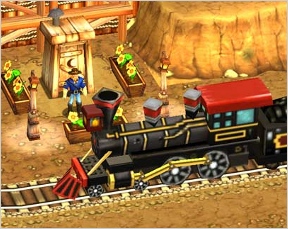

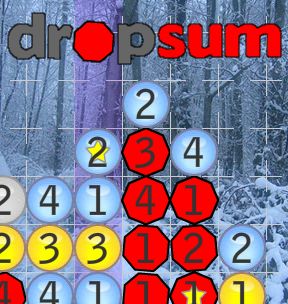



Recent Comments